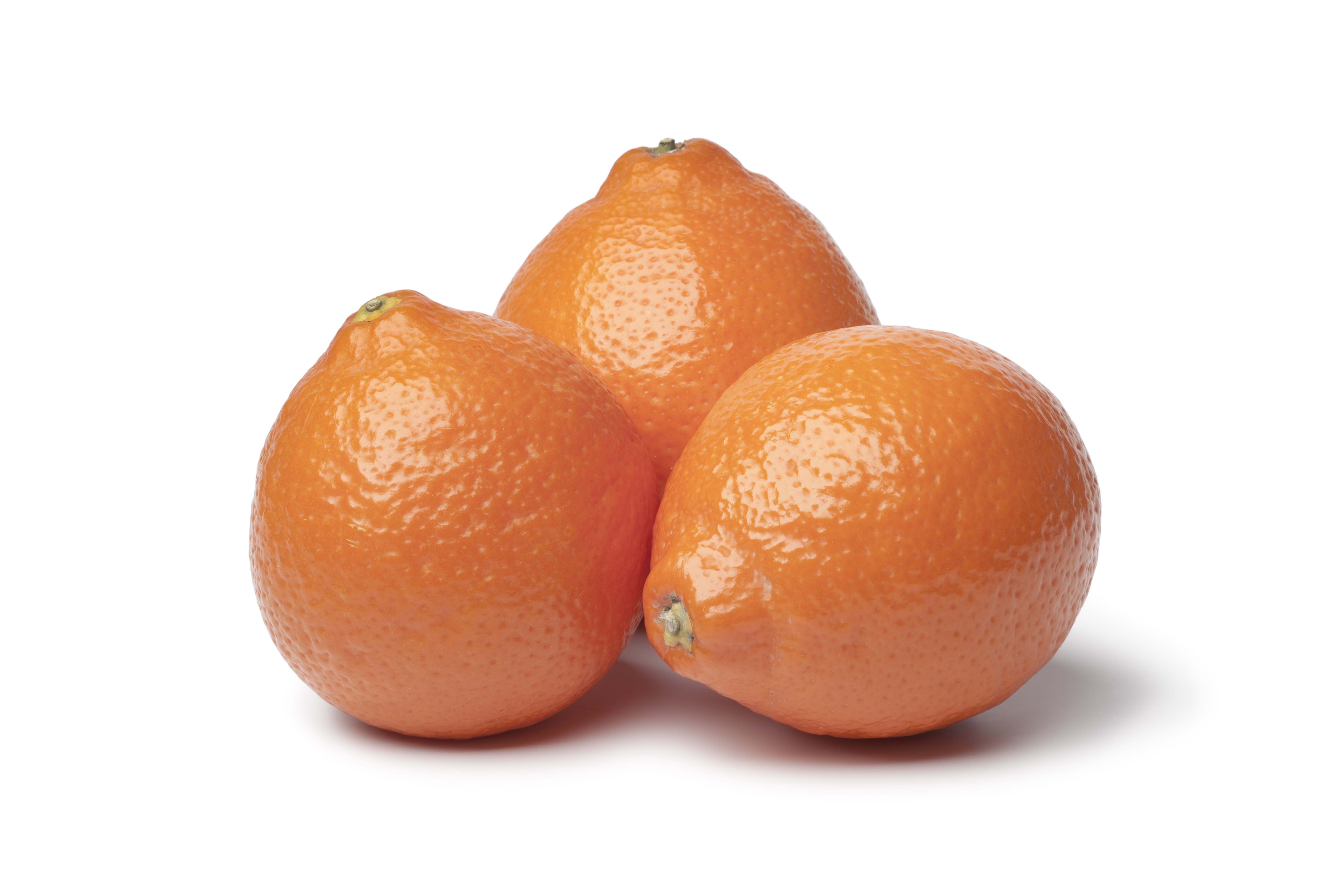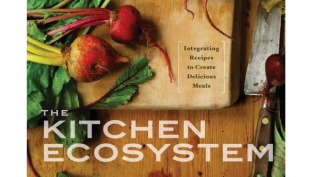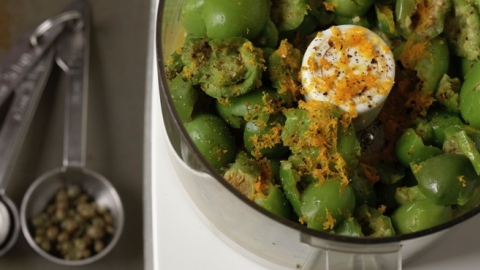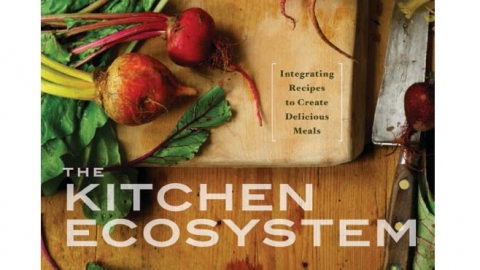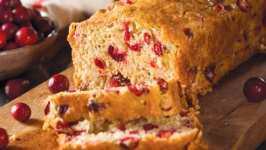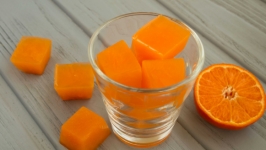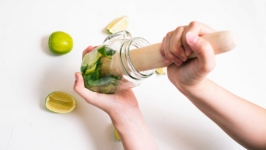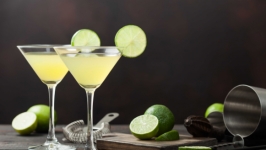Oranges
My grandparents used to winter in West Palm Beach, at a development called The Lost Tree Club. In the 1970s it was popular with Southern businessmen and it had a genteel conventional air. The crowd was Old-World gracious, with head-patting grandpas in charge of regional banks and trim white-haired ladies in Elizabeth Arden lipstick who threw cocktail parties before driving one block to take their guests to dinner at the clubhouse (my grandmother Elinor, from Memphis, loved the “boo-fay” with its display of cold shellfish on ice, punctuated with halved lemons). My sister and I used to visit during our Christmas break from school in snowy Vermont, and we couldn’t wait to bake ourselves crisp on the beach.
The small house, which faced the sea, was cool and turquoise and pink. There was always a supply of bottled Cokes in the fridge, next to a tray of cold stuffed eggs. My grandparents seemed happiest if we were not asking them too many questions, and so, in our bikinis and puka shell necklaces, we slowly invited our middle-aged wrinkles. The Lost Tree Club is where I smoked my first cigarette (a Vantage) and drank my first cocktail (a Grasshopper). And it is where I first tasted fresh-squeezed Honeybell juice.
Honeybells, also known as Minneola tangelos, are not really oranges. They are a hybrid of a tangerine (which is a hybrid of an orange) and a grapefruit.
Nonetheless, it is the “orange” that I love, and eat, most. Indeed, it was one of the great delights of my adulthood to realize I could order Honeybells and have them sent to dreary, wintry New York. To me, they simply represent the bliss of teenagerism: those first forays into adult party behavior, the utter inability to imagine middle age, much less death, and the great joy of guilt-free idleness.


